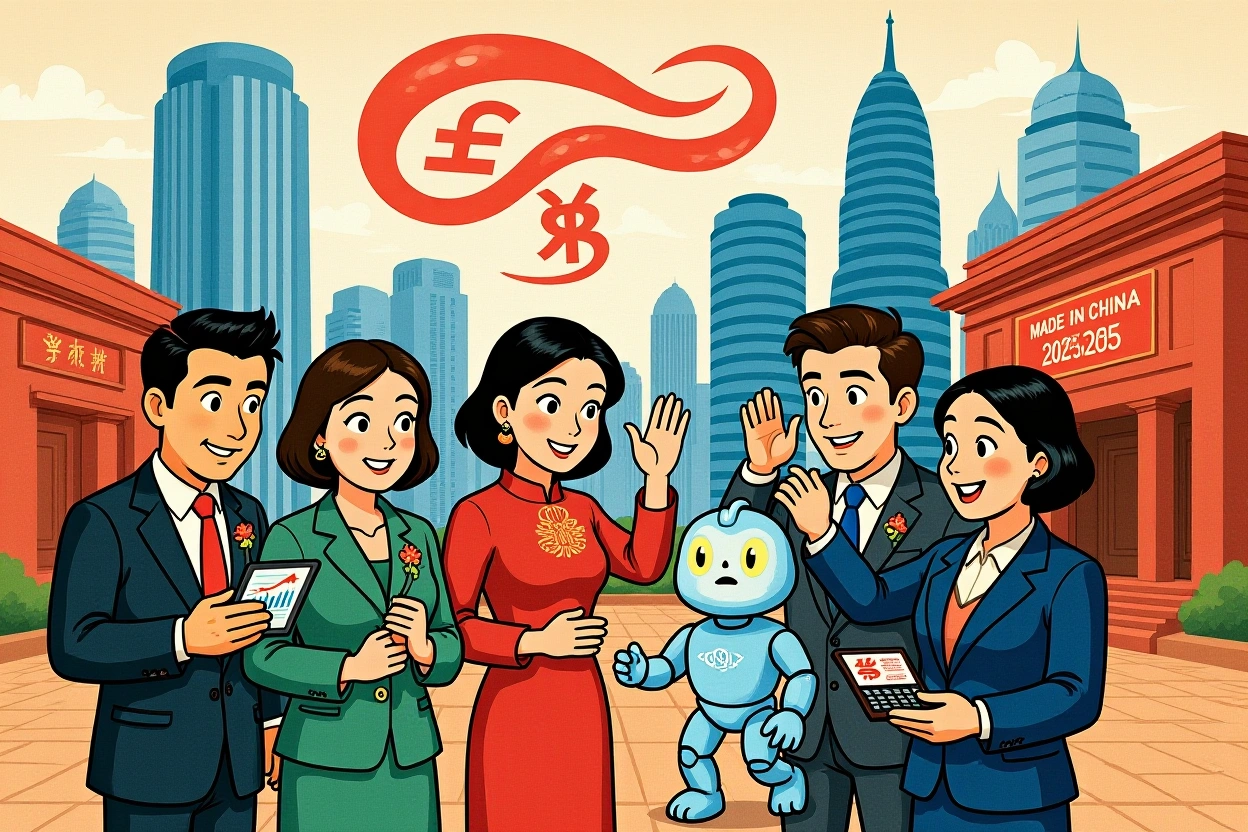The Broken Promise of Made-in-America Revival
When Trump’s “reciprocal tariffs” took effect in April 2025, Treasury Secretary Bécent forecasted $300 billion in tariff revenues and roaring factory reopenings. Yet twelve months later, Boston police officers struggle with uniforms quadrupling in price while splitting at seams – symbolic of America’s manufacturing malaise. Steel producers celebrated brief tariff shields, but sectors requiring intricate supply chains like textiles, pharmaceuticals, and electric vehicles face incompatible production math. Data shows U.S. apparel labor costs exceed Vietnam’s by 600% while product failure rates spike – exposing fundamental flaws in coerced manufacturing reshoring strategies that ignore systemic workforce and infrastructure gaps.
Tariff Winners and Losers Emerge
The policy’s uneven impact highlights America’s fractured industrial capacity:
Steel’s Short-Lived Advantage
Companies like Cleveland-Cliffs achieved 7.5% shipment growth, aided by 15% tariff-induced cost cushions. CEO Lourenco Goncalves lauded policy support, yet automakers absorbed brutal metal price surges.
Textile Industry Unraveling
Major uniform supplier 5.11 Tactical shifted production stateside, with devastating results:
- Price spike: Officers now pay $420 vs. $105 per set
- Quality collapse: Seam failures on 68% of garments
- One Boston policeman lamenting: “Four times cost for defective gear replaces reliable imports”
Pharmaceutical Paralysis
Threatened 200% drug import tariffs sparked panic, yet Biogen’s $2B North Carolina investment faces raw material nightmares:
- 90% rare earth metals remain China-dependent
- 4-year minimum reshoring timelines per Novartis
- 60% chemical intermediaries unavailable domestically
Tesla’s Troubled Texas Experiment
Grotesque production gaps appeared:
- Output at 35% of Shanghai factory capacity
- 75% EV battery materials imported
- CEO Elon Musk calling U.S. build complexity “300% harder”
Labor Shortages Sabotage Reshoring
Tariffs ignore the human capital crisis:
- U.S. Labor Statistics reveal 500,000 unfilled manufacturing jobs
- 65% of firms cite workforce gaps as top business risk
- Molson Hart (Viahart CEO) finds zero skilled mould technicians for toy production
Foxconn’s Wisconsin fiasco proved systemic limits, abandoning recruitment quotas despite premium wages.
Ghostly Supply Chain Networks
Manufacturing reshoring collides with gapping domestic chain weaknesses:
- Electronics part inventories cover just 14 days usage
- Apparel thread suppliers disappeared post-2000s offshoring
- Analysis shows re-establishing iPhone components would require six new industry clusters
Why Manufacturing Reshoring Strategies Collapsed
Three irreversible structural barriers haunt Trump’s vision:
- Brain Drain: Two generations of tool/die experts retired untrained
- Runaway Costs: Total production expenses averaging 200% above Asian hubs
- Cluster Fragmentation: No supporting ecosystems for mid-chain suppliers like dyestuffs manufacturers
Rebuilding Beyond Political Theater
The uniform fiasco symbolizes failed manufacturing reshoring mandates. Meaningful revival requires:
- Federal apprenticeship programs scaling 300,000 annual trainees
- Targeted subsidies for inputs like medical chemical precursors
- Automation tax credits to counter wage differentials
Until America honestly confronts its vacant factories missing both workers and micro-suppliers, patriotic relabeling will keep police officers paying premium prices for split seams. The manufacturing reshoring experiment doesn’t need tweaks – it demands systemic reengineering.




